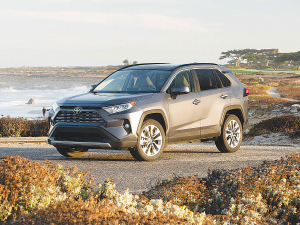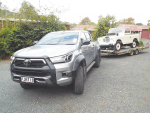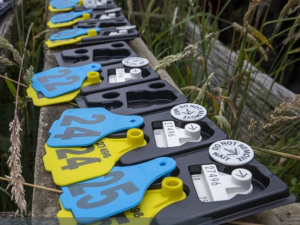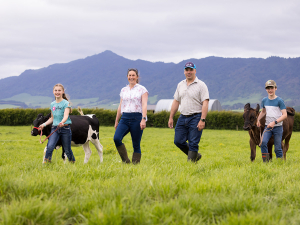Toyota NZ has unwrapped the 2019 RAV 4, the SUV first seen in boxy guise 30 years ago at the Tokyo Motor Show.
Now it’s in its fifth generation, and the designers and engineers have been busy: there’s a new 2.0L petrol, a new 2.5L four-pot delivering 152kW, and a first for the RAV 4 -- a 155kW 2.5L petrol/hybrid mated to a CVT powertrain. This latter option underscores Toyota’s stated aimof electric in all its ranges by about 2025.
All new for the RAV is an all-wheel drive system that sends 50% of available torque to the rear axle, from where the differential distributes varying amounts to individual wheels as required.
For urban warriors, the company will also offer a 2WD-only range of three specifications, fitted with the 127kW, 2.0L petrol engine.
All models in all specifications will have Toyota’s Safety Sense driving aids with dynamic radar cruise control, a pre-collision system with autonomous emergency braking (including pedestrian and cyclist detection), road sign assist, lane tracing assist and automated high-beam switching.
Other clever features include blind-spot monitoring, rear cross traffic alert, reversing camera, front and rear parking sensors and seven airbags.











